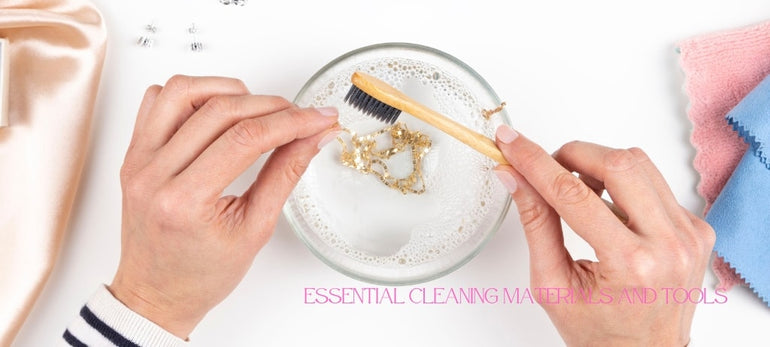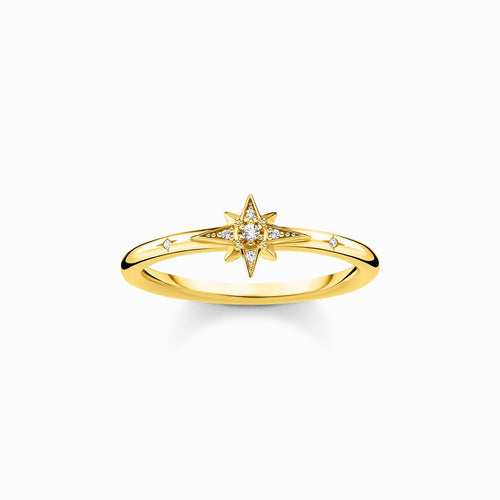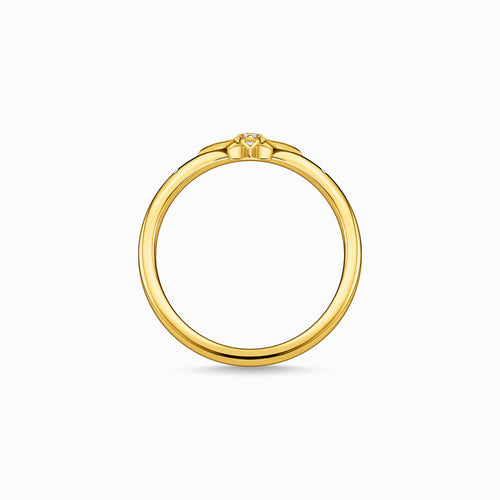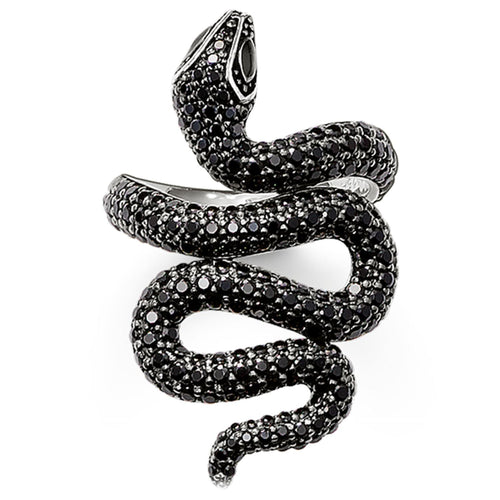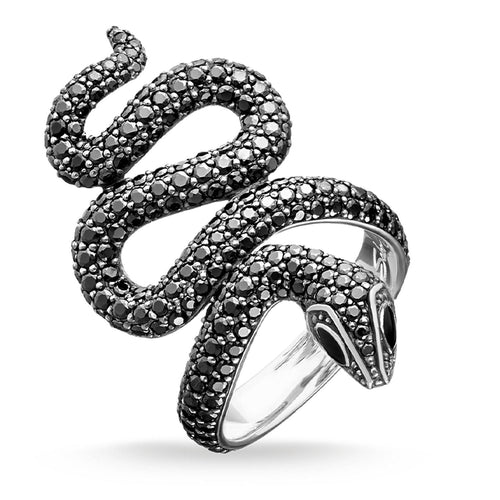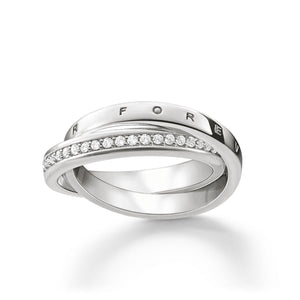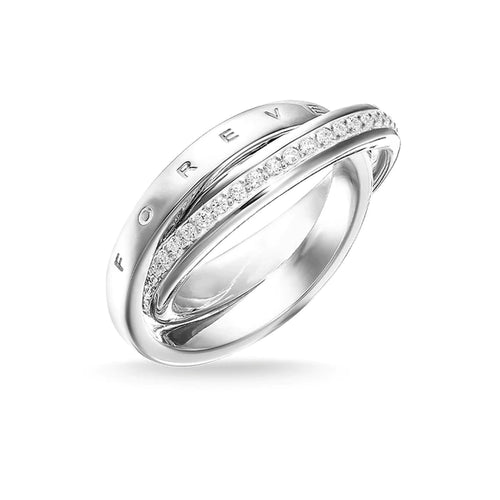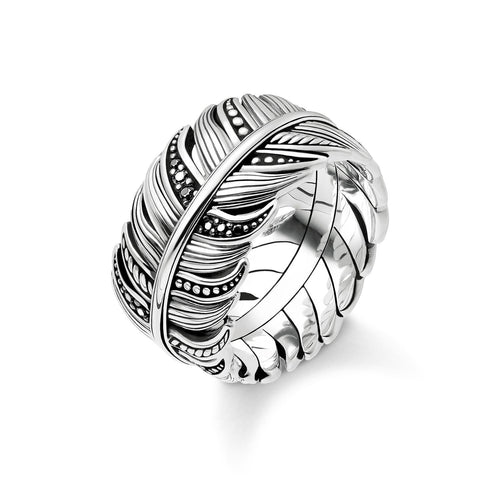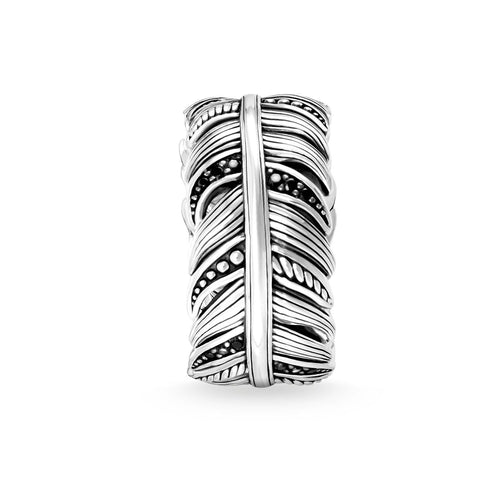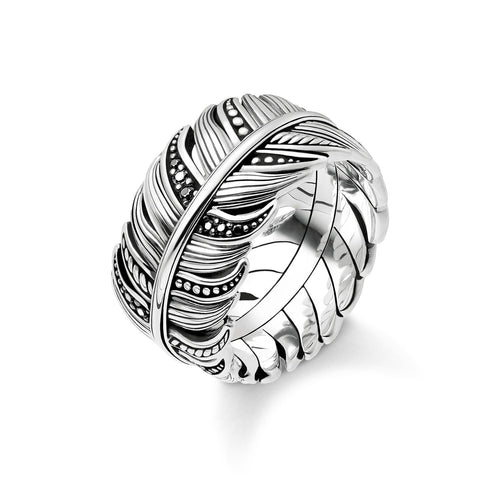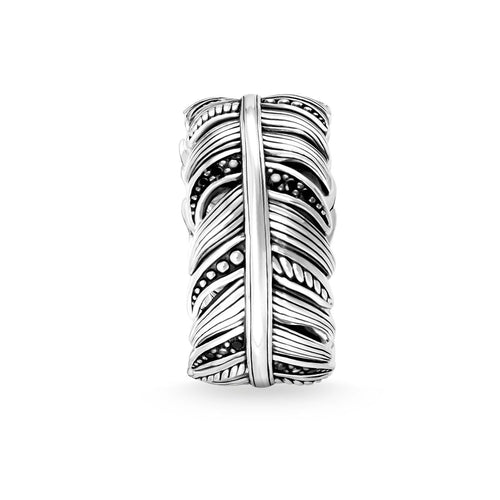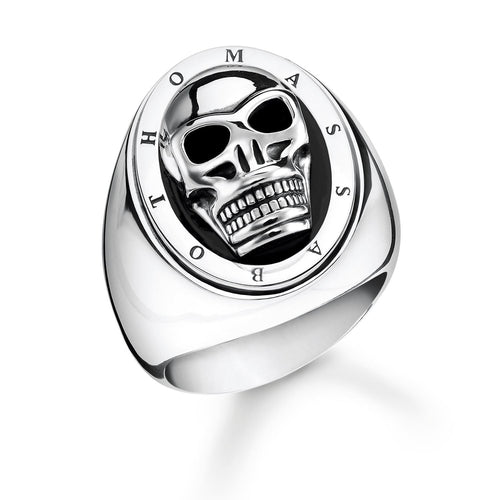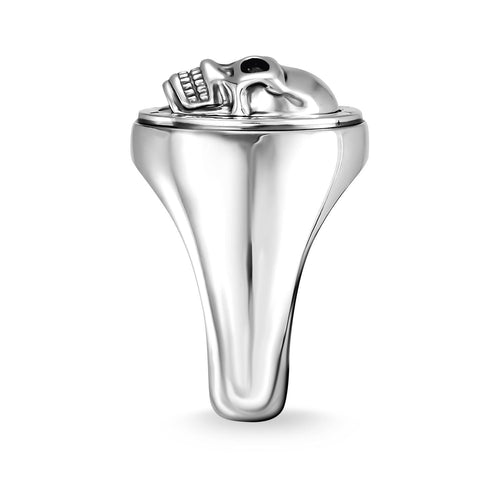Cleaning jewelry after soldering is an essential step in the jewelry-making process to ensure your pieces look polished and professional. Soldering can leave behind residues like fire scale, oxidation, and flux, which can tarnish the appearance of your creations. Using the right materials and techniques, you can effectively remove these residues and restore your jewelry's shine.
These tools and materials are crucial for a thorough cleaning process. For instance, a copper pickle pot filled with a pickling solution helps to remove oxidation, while fine steel wool and brass brushes are excellent for polishing.
Key Takeaways:
-
Essential materials include baking soda, pickling solution, and fine steel wool.
-
Proper cleaning techniques prevent damage and maintain the appearance of your jewelry.
-
Understanding the importance of each material ensures a professional finish.
The following post and sections will delve into detailed steps and best practices for cleaning your jewelry after soldering, ensuring your pieces remain pristine and ready for use or sale.
Essential Cleaning Materials and Tools
When it comes to cleaning jewelry after soldering, having the right materials and tools at your disposal is crucial. This ensures that your finished piece look pristine and professional. Let’s break down the essential items you’ll need and their roles in the cleaning process.
Key Materials and Their Roles
-
Baking soda: This versatile household item is perfect for neutralizing acids. After using an acidic pickle solution, a rinse with a baking soda solution can neutralize any remaining acidity, making your jewelry safe to handle.
-
Pickle pot: A must-have for any jeweler, this small crock pot keeps your pickling solution warm, which enhances its effectiveness in removing oxidation and fire scale from your metal pieces.
-
Pickling solution: Typically made with citric acid, sulfuric acid, or boric acid, this solution is essential for cleaning off the dark oxidation and residues left by flux during soldering. Hot pickle work faster and more effectively on heated metal.
-
Fine steel wool: is ideal for gently scrubbing your jewelry to remove any stubborn residues without scratching the surface.
-
Brass brush: This is perfect for scrubbing silver solder or fine silver pieces to achieve a polished finish without damaging the metal.
-
Hydrogen peroxide: is often used in combination with other solutions to tackle tough oxidation and polish the metal.
-
Steel tongs: are essential for handling your hot metal pieces safely while they're in the pickle pot.
-
Paper towels: are handy for drying your jewelry after rinsing with fresh water and for wiping off any remaining residues.
Step-by-Step Cleaning Process
Cleaning jewelry after soldering is an art that combines the right materials with the right techniques to restore your pieces to their sparkling best. Here’s a step-by-step guide to ensure your jewelry shines brilliantly every time.
Preparing the Pickling Solution
To start, you’ll need to prepare your pickle solution. This acidic pickle solution is essential for removing oxidation and fire scale from your jewelry pieces.
-
Gather Ingredients: Most jewelers use either citric acid, sulfuric acid, or boric acid to create their pickling solution. You can easily find these acids in grocery stores or specialized suppliers.
-
Mixing the Solution: Fill your pickle pot or a small crock pot with hot water. Add the acid according to the recommended concentration. For citric acid, a common recipe is 1 tablespoon per cup of water.
-
Heating the Solution: Turn on your pickle pot and let the solution heat up. The hot pickle works more effectively on heated metal. Cover the pot with a glass lid to maintain the temperature and prevent evaporation.
Using the right concentration is crucial. Too much acid can damage your jewelry, while too little may not effectively remove the residues.
Cleaning with Baking Soda and Pickling Solution
Once your pickling solution is ready, follow these steps to clean your jewelry:
-
Submerge the Jewelry: Using steel tongs, carefully place your jewelry into the pickle solution. Ensure all parts are fully submerged. Let the jewelry soak until the fire scale and oxidation are removed. This can take anywhere from a few minutes to an hour, depending on the severity of the oxidation.
-
Neutralize with Baking Soda: Once the jewelry is clean, remove it from the pickle pot using tongs. Prepare a solution of baking soda and water (about 1 tablespoon of baking soda per cup of water). Submerge the jewelry in this solution to neutralize the acid.
-
Rinse with Fresh Water: After neutralizing, rinse your jewelry under fresh water to remove any remaining residues. Use a brass brush to gently scrub the surface, if needed.
Safety Precautions and Best Practices
When it comes to cleaning jewelry after soldering, safety is paramount. Handling acids and heated materials requires careful attention to detail and the right protective gear. Here are some essential safety tips to keep in mind:.
Protective Gear
Always wear:
-
Gloves: To protect your hands from acid and hot metal.
-
Safety goggles: To prevent splashes from pickling solution and other chemicals from reaching your eyes.
-
Apron: To shield your clothes from spills.
Safe Handling of Acids and Chemicals
-
Use the Right Concentration: Whether you’re working with citric acid, sulfuric acid, or boric acid, follow the recommended mixing ratios to avoid overly strong solutions that can damage your jewelry.
-
Ventilation: Ensure your workspace is well-ventilated. Acid fumes can be harmful if inhaled.
-
Avoid Cross-Contamination: Keep your cleaning tools, like steel tongs and brass brushes, clean and designated for specific tasks to prevent mixing residues.
Proper Disposal of Cleaning Solutions
-
Neutralize Before Disposal: Always neutralize your pickling solution with baking soda before disposing of it. This helps to neutralize the acid and makes it safe to pour down the drain.
-
Dispose of Chemicals Responsibly: For substances like hydrogen peroxide and strong acids, follow local disposal guidelines to ensure environmentally safe practices.
-
Clean Your Tools: After use, rinse your crock pot, pickle pot, and other tools thoroughly with fresh water to remove any residual chemicals.
Best Practices
-
Work in Small Batches: Cleaning tiny items and using little solder helps you manage the process better and reduces the risk of accidents.
-
Regular Maintenance: Keep your pickling solution fresh and replace it regularly to maintain its effectiveness.
-
Stay Organized: Keep your workspace tidy to avoid spills and mishaps. A well-organized space is a safer space.
By following these safety precautions and best practices, you can ensure a safe and efficient cleaning process for your finished piece. Remember, safety first means beautiful jewelry without hazards.
Frequently Asked Questions
Cleaning jewelry after soldering can raise a lot of questions, especially for beginners in jewellery making. Let’s address some of the most common queries to make the process easier and more understandable.
1. How do you clean jewelry after soldering from jewellery making?
Cleaning jewelry after soldering involves several steps. First, you submerge the piece in a pickle solution (usually citric acid, sulfuric acid, or boric acid) to remove fire scale and oxidation. After that, you neutralize the acid with a baking soda solution and rinse thoroughly with fresh water. Finally, use fine steel wool or a brass brush to polish the surface and bring out the shine.
2. Can I use household items like baking soda for cleaning?
Absolutely! Baking soda is fantastic for neutralizing acids after using a pickle solution. Simply mix it with water (1 tablespoon of baking soda per cup of water) and use it to soak your jewelry after it comes out of the hot pickle pot. This helps to ensure all acidic residues are neutralized.
3. What is a pickle pot and how do I use it?
A pickle pot is a small crock pot used to keep your pickling solution warm. The heat helps the solution work more effectively at removing oxidation and residues from your metal pieces. Fill it with your chosen pickling solution, keep it warm, cover it and use steel or iron tongs to submerge your jewelry.
4. How often should I replace my pickling solution?
Regularly! Many jewelers recommend replacing your pickle solution every few weeks or when it becomes too thin layer dirty to be effective. fresh solution ensures optimal cleaning performance.
5. What tools should I use for polishing?
For polishing, use a brass brush or fine steel wool to gently scrub the jewelry. This is especially important for sterling silver, fine silver, and gold pieces. These tools help to remove any remaining residues and bring out a beautiful shine.
Conclusion
Cleaning your jewelry after soldering is an essential part of jewellery making that ensures your finished pieces look professional and polished. By using the right pickle solution, such as citric acid or sulfuric acid, and tools like a pickle pot and steel pickled tongs, for example, you and solder can effectively get rid of fire scale and oxidation.
Neutralizing with baking soda and rinsing with fresh water are crucial steps to make your jewelry safe to handle. For a fine finish, employ fine steel wool and a an iron or brass brush to polish the surface. Remember, safety first: always wear protective gear and handle acids with care.
With these techniques, your sterling silver, fine silver, and other metal pieces will shine brilliantly, showcasing your wonderful craftsmanship. Happy cleaning and enjoy the sparkle of your beautifully restored jewelry!
Gift Ideas For You


